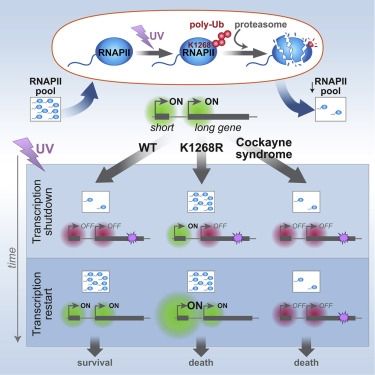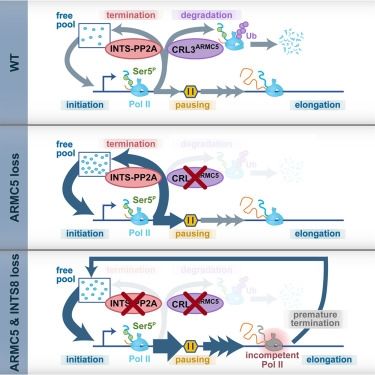Ana Tufegdzic Vidakovic
@anatv.bsky.social
400 followers
290 following
12 posts
Group Leader at MRC Laboratory of Molecular Biology. Transcription, RNA Polymerase II, Ubiquitin
Posts
Media
Videos
Starter Packs
Phil Holliger
@philholliger.bsky.social
· Jul 14

Research Group Leader in Chemical/Synthetic Biology at MRC Laboratory of Molecular Biology
Start your UK & international job search for academic jobs, research jobs, science jobs and managerial jobs in leading universities and top...
www.jobs.ac.uk
Cambridge RNA
@cambridgerna.bsky.social
· Jun 17
Reposted by Ana Tufegdzic Vidakovic





